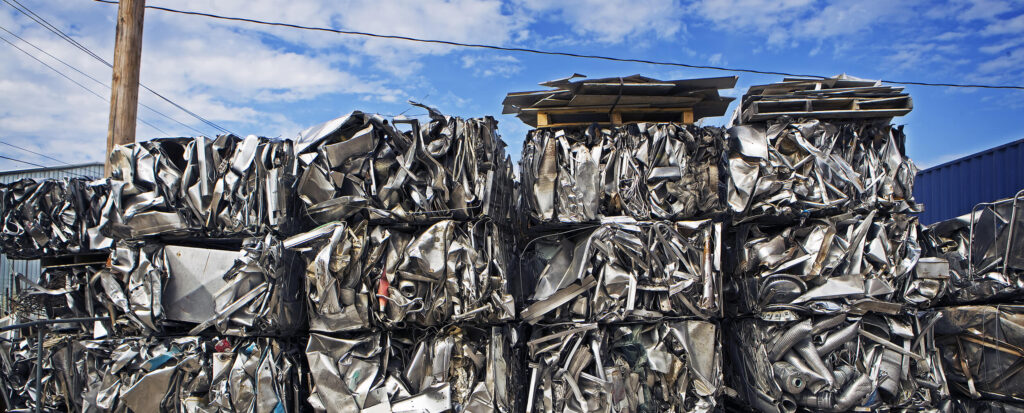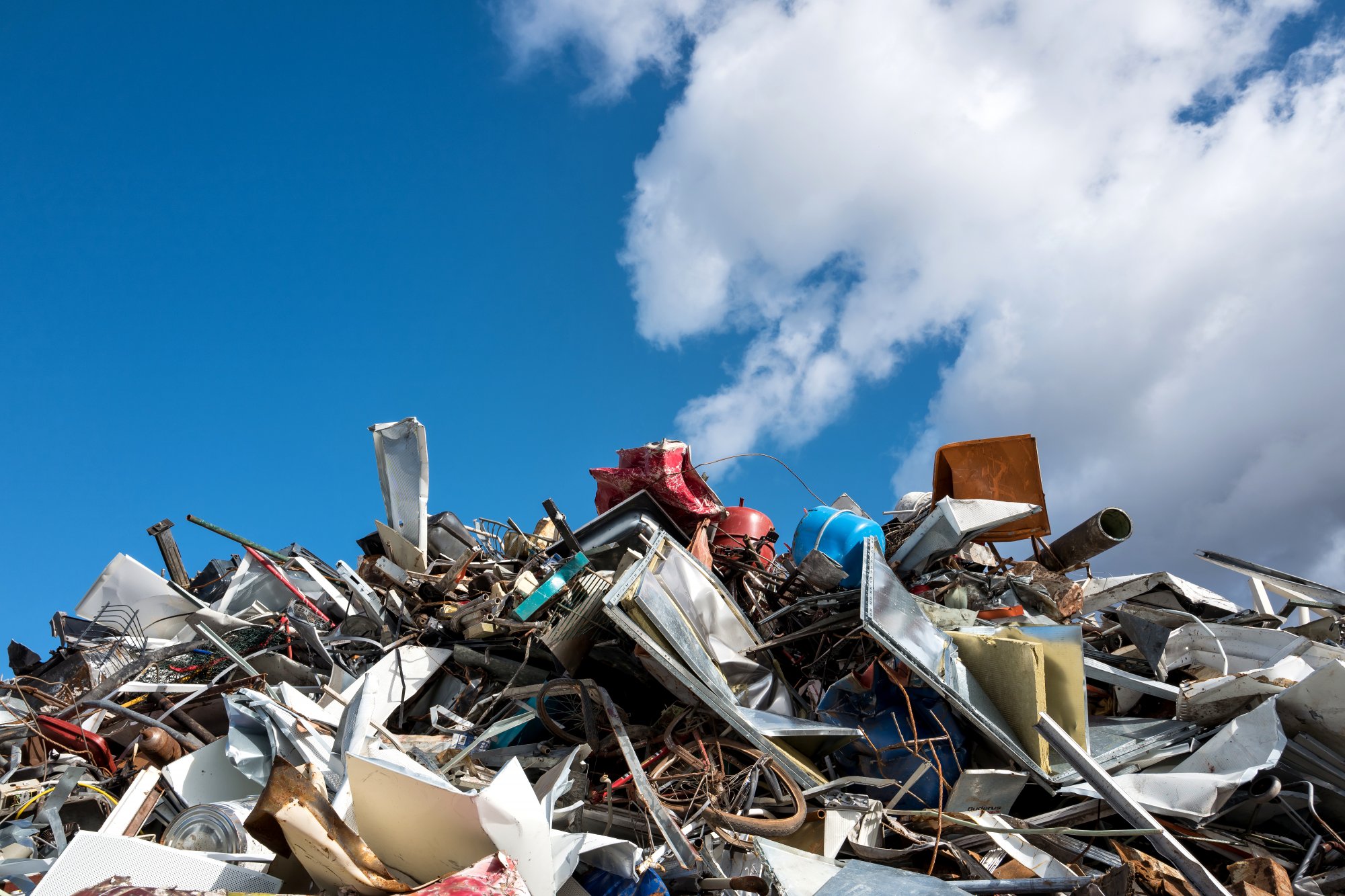Introduction to Recycling Scrap Ammo
Recycle Scrap Ammo is an essential practice for anyone handling ammunition. Whether you are a professional shooter, hunter, or firearm enthusiast, you’ll likely encounter old or spent ammo that is no longer usable. Properly recycling this scrap ammo is crucial for environmental sustainability, safety, and resource conservation. Ammunition, if not disposed of correctly, can lead to pollution, accidents, and even misuse.
Scrap ammo includes spent casings, misfired rounds, and unusable components like primers or gunpowder. These materials contain valuable metals such as brass, steel, and aluminum that can be recycled and repurposed. By recycling scrap ammo, you not only help protect the environment but also contribute to a more sustainable firearms industry.
This article explores the importance of recycling scrap ammo, the types of ammunition that can be recycled, and how to do it safely. It also delves into the challenges and innovations in the field, offering a comprehensive guide for gun owners and anyone interested in eco-friendly practices.
Why Recycle Scrap Ammo?
Recycling scrap ammo has multiple benefits, both for the environment and for personal safety. Ammunition contains materials like brass, steel, and lead, which, if discarded improperly, can harm the environment. When ammo is left to corrode or ends up in landfills, it releases toxic substances into the soil and water, posing risks to ecosystems and human health.
Recycling also addresses safety concerns. Improperly discarded ammunition can be misused or accidentally triggered, leading to dangerous situations. By recycling, you ensure that ammo components are handled and processed responsibly, reducing risks.
Another reason to recycle is resource conservation. Metals extracted from recycled ammo can be repurposed, reducing the need for mining and production of new materials. This not only saves energy but also supports sustainability efforts. For gun owners, recycling is an easy yet impactful way to give back to the environment while ensuring safety.
Types of Scrap Ammo That Can Be Recycled
Not all ammunition can be recycled, but several components are highly recyclable. Here are the most common types:
Spent Casings Recycle Scrap Ammo

Spent casings, often made of brass, steel, or aluminum, are among the easiest to recycle. These are the empty shells left behind after a round has been fired. Brass casings, in particular, are valuable and frequently repurposed.
Misfired or Defective Rounds Recycle Scrap Ammo
Misfired or defective rounds that cannot be safely fired can also be recycled, provided they are deactivated. These rounds are disassembled to separate recyclable metals from non-recyclable components.
Primers and Gunpowder Recycle Scrap Ammo
Although primers and gunpowder are more challenging to recycle, they can still be safely disposed of through specialized facilities. Always ensure these components are handled by professionals to avoid safety risks.
Knowing what can be recycled helps you sort your scrap ammo efficiently and maximize its potential for reuse.
The Recycling Process for Scrap Ammo
Recycling scrap ammo involves several steps to ensure safety and efficiency. The first step is collection and sorting, where spent casings, misfired rounds, and other components are separated. Sorting ensures that recyclable materials like brass and aluminum are identified and non-recyclable parts are removed.
Next comes deactivation and disassembly. This step is critical for live or misfired ammunition, as it involves safely rendering the ammo inert. Professionals use specialized tools to deactivate primers and separate gunpowder from casings.
The final step is repurposing materials. Metals like brass are melted down and used to manufacture new products, including ammunition. Other components, such as steel, may be repurposed for industrial use. This process not only ensures safety but also reduces waste and promotes resource conservation.
Where to Recycle Scrap Ammo
Recycling scrap ammo requires finding the right facilities that can handle ammunition responsibly. Here are some common options:
Local Recycling Centers Recycle Scrap Ammo
Many local recycling centers accept spent casings and other scrap ammo materials. Check with your nearest center to confirm what types of ammunition they handle.
Specialized Ammo Recycling Facilities
There are facilities dedicated specifically to recycling ammunition. These facilities are equipped to handle live rounds, deactivation, and proper disposal of hazardous materials.
Shooting Ranges and Retailers Recycle Scrap Ammo
Some shooting ranges and firearm retailers offer take-back programs where you can drop off scrap ammo for recycling. These programs are convenient and ensure your ammo is handled safely.
Choosing the right facility ensures that your scrap ammo is recycled responsibly, protecting both the environment and public safety.
Legal and Safety Guidelines for Recycling Scrap Ammo
When recycling scrap ammo, it’s essential to follow local laws and safety guidelines. Different regions have specific regulations governing ammunition disposal, so always check with local authorities or recycling centers to understand the rules.
Safety is paramount when handling scrap ammo. Never attempt to deactivate or disassemble live ammunition on your own, as this can lead to accidents. Always transport ammo in a secure container and inform the recycling facility about the nature of the materials you’re bringing.
Adhering to these guidelines ensures a safe and legal recycling process, minimizing risks for everyone involved.
Benefits of Recycling Scrap Ammo for Gun Owners
For gun owners, recycling scrap ammo offers both financial and ethical benefits. Many recycling facilities and shooting ranges pay for spent casings, especially brass, which is in high demand. This provides an opportunity to earn back some of the money spent on ammunition.
Recycling also demonstrates a commitment to sustainability. By reducing waste and supporting resource conservation, gun owners contribute to a more eco-friendly firearms industry. Additionally, responsible disposal enhances safety within the firearms community, reducing the risks associated with improper ammo handling. Recycle Scrap Ammo
Recycling scrap ammo is a simple yet impactful practice that benefits both gun owners and the environment.
Challenges in Recycling Scrap Ammo
Recycling scrap ammo comes with its own set of challenges. One major issue is identifying recyclable vs. non-recyclable components. Not all parts of ammunition are suitable for recycling, and improper sorting can complicate the process. Recycle Scrap Ammo
Another challenge is the risk involved in handling live or defective ammunition. Without proper deactivation, these rounds can pose safety hazards, making professional handling essential. Access to specialized recycling facilities can also be limited, particularly in remote areas.
Despite these challenges, increased awareness and technological advancements are making ammo recycling safer and more accessible. Recycle Scrap Ammo
Innovations in Scrap Ammo Recycling
The field of scrap ammo recycling is evolving with new technologies and innovations. For example, advanced deactivation tools make it safer to handle live ammunition, reducing risks during the recycling process. Some companies are also exploring ways to repurpose non-recyclable components into useful products, such as art or industrial materials.
Another exciting development is the use of AI and automated systems to sort and process scrap ammo more efficiently. These innovations streamline the recycling process, making it more cost-effective and environmentally friendly. Recycle Scrap Ammo
As technology advances, the future of scrap ammo recycling looks promising, with safer and more efficient methods on the horizon.
FAQ Section Recycle Scrap Ammo
1. Can all types of ammo be recycled?
No, only certain components like brass casings and deactivated rounds can be recycled. Live rounds require professional handling. Recycle Scrap Ammo
2. What should I do with old bullets?
Take them to a specialized recycling facility or shooting range that offers disposal services. Do not attempt to dispose of them yourself.
3. Is recycling ammo expensive?
No, many facilities offer free recycling services, and some even pay for valuable metals like brass.
Conclusion Recycle Scrap Ammo
Recycling scrap ammo is not just a responsibility—it’s an opportunity to contribute to environmental sustainability and safety. By understanding the types of ammo that can be recycled, following proper guidelines, and utilizing available facilities, gun owners can make a significant impact. Innovations in the field continue to improve the process, making it more efficient and accessible. Embracing this practice ensures that the firearms community remains eco-conscious and responsible. Start recycling your scrap ammo today and be part of the soluti
